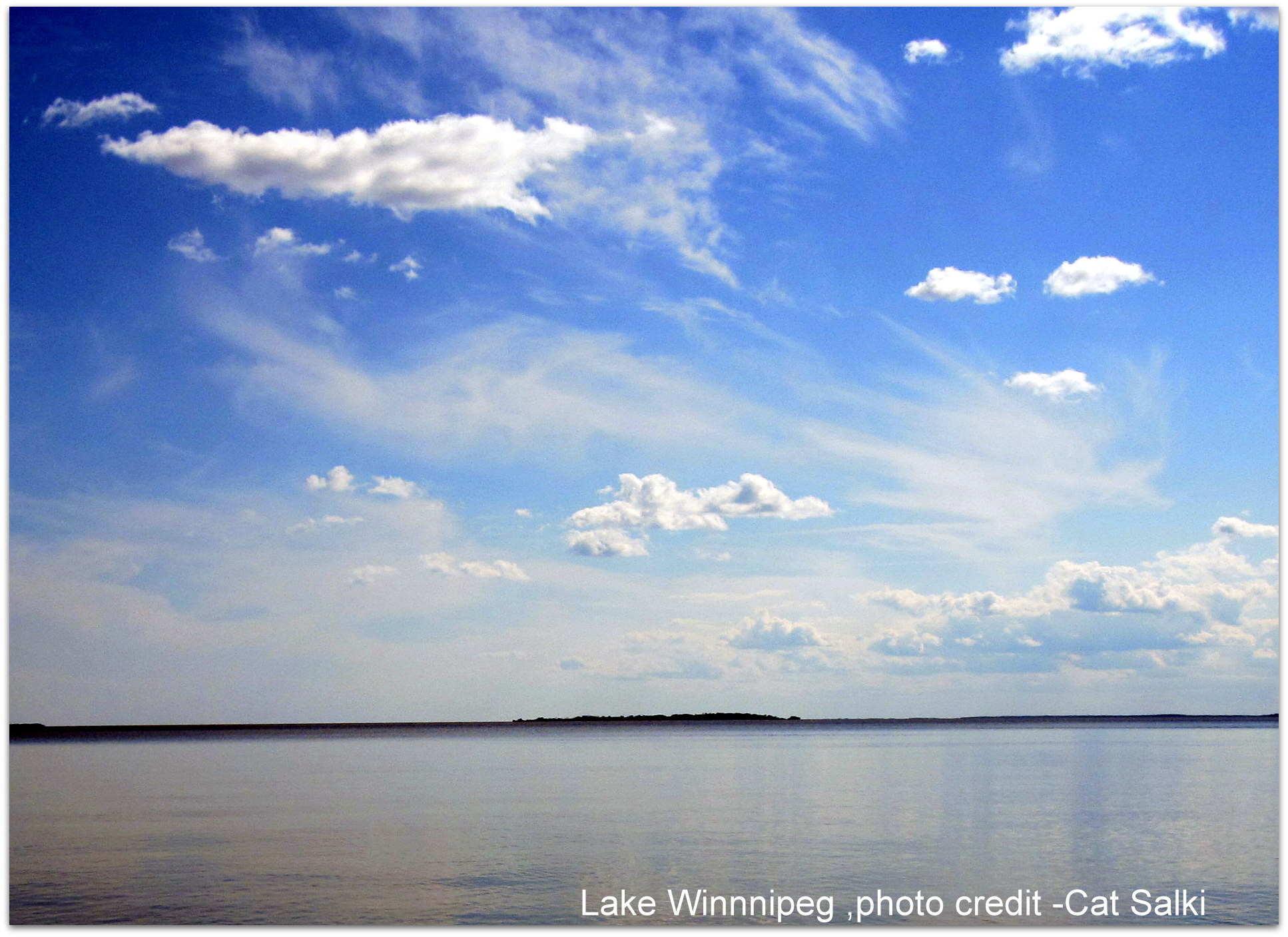The following is the presentation I gave to the Standing Committee of the Manitoba Legislature on Oct.24, 2017.
Bill 24,The Red Tape Reduction and Government Efficiency Act,2017
I will focus my comments on the section of this bill that refers to the Environment Act, specifically repealing sections 40.1 and 40.2 of that act. These sections of the Environment Act relate to the construction and modification of hog barns as well as the spreading of manure in the winter.
My concern about these proposed changes include many issues but for today’s presentation I will focus solely on environmental threats to water.
The threat to waters from hog manure is related to the run-off of phosphorus and nitrogen from manure that has been spread on fields. The run off can bring excess nutrients that have not been taken up by the crop to nearby ditches, creeks, streams and rivers and ultimately into our lakes. The phosphorus and nitrogen feed the dangerous blue-green algae which is now the dominant species of algae in Lake Winnipeg. The chart below demonstrates the shift from blue-green algae accounting for approximately 25% of the species in the lake back in 1969 to 2003 when blue-green algae has become the dominant species accounting for approximately 90%.
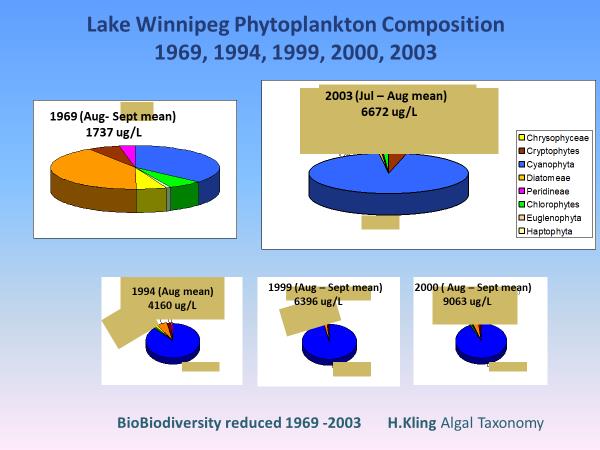
The problem of blue-green algae blooms, some of which contain toxins, is impacting several Manitoba lakes, including but not limited to Pelican Lake, Killarney Lake, Rock Lake and Lake Winnipeg. Potential toxins in the blooms include hepatotoxins (affecting the liver) neurotoxins (affecting the nervous system) as well as digestive tract illnesses and skin rashes.
Before I go any further about the concern of hog manure being part of the problem of blue-green algae in our lakes, I want to stress that human sewage, most notably the city of Winnipeg’s inadequate sewage treatment, is absolutely one of the most significant sources of phosphorus to Lake Winnipeg. However, after acknowledging that, I think we must address head on the concern about the degree to which hog manure is part of the problem. There has been a dispute about this issue for the past 15 years or more and its time to get that dispute resolved.
The good news is, it is possible for us to get a scientific, evidence based resolution to this question. Currently the rationale for the hog industry contributing 1 or 2 % of the phosphorus is based on theoretical calculations about how much manure can be applied safely to crop land and how much of the phosphorus will be taken up by the crops. This is based on calculations about acres of land available for spreading of manure, how much manure is spread on those fields and the amount of phosphorus expected to be used by the particular crop. It is based on assumptions that the manure will be spread as the rules dictate and that the crops will use up the amount of phosphorus without any of it running off during rain storms, floods or spring snow melt. It is not based on actual measurements of phosphorus in ditches, creeks and streams that run alongside the spread fields. Here is where actual science can be a great help because fortunately this is a measurable problem. We can take samples of water in many of the waterways, ditches, etc. that run by the spread fields, measure the amount of phosphorus in those samples at various times of the year and calculate the overall amount of phosphorus, taking into account, the flow rate of that waterway. It is important to capture samples during snowmelt and major rain storms as we know those times are when the greatest run-off occurs.
The Lake Winnipeg Foundation through their Community Based Monitoring program has already started some of this work in a few different areas of the province. Their full report can be found online https://www.lakewinnipegfoundation.org/monitoring-our-waterways . The report shows where one of the “hot spots” for phosphorus run-off appears, specifically the Manning Canal area that flows through very intensive agricultural development as well as near the community of Steinbach.
We now have the beginnings of an accurate scientific analysis of where some of the phosphorus is coming from. Why not expand that knowledge base so that we can be certain of whether the current industrial manner of hog production is or is not a significant contributor to the excess phosphorus getting into our lakes? Should we not base any legislative or regulatory changes on what evidence based science is telling us rather than assumptions from theoretical analysis?
In conclusion I want to point out that we now have the opportunity to point Manitoba’s hog industry in a direction that is environmentally, ethically and economically sustainable rather than allow the business as usual style to continue. We know that most of the current barns will need renovations or even reconstruction due to the requirement to replace intensive confinement gestation stall systems with open housing by 2024 at the latest. Since there will need to be major investments made across the board why not mandate new systems that include straw based housing for the pigs, eliminating the need for the liquid manure systems that are causing a lot of concerns. The straw based housing would satisfy much of the animal welfare concerns at the same time as diminishing the environmental threats. The University of Manitoba, National Centre for Livestock and the Environment, could be very helpful in leading such a change.
We have a great opportunity now to do things right, to help hog producers have a much more secure future, so I hope you as our elected leaders will choose long term sustainability over short term economics.
Respectfully submitted by,
Vicki Burns
Winnipeg, MB R3M 3L4
References on the Issue of Industrial Agriculture and Its Impact on the Environment
• Livestock’s Long Shadow – Environmental Issues and Options 2007– Food and Agriculture Organization of the United Nations ( FAO) and Livestock Environment and Development( LEAD) supported by the World Bank, the EU, the US Agency for International Development and the International Fund for Agricultural Development.
http://www.fao.org/docrep/010/a0701e/a0701e00.HTM
“The livestock sector emerges as one of the top two or three most significant contributors to the most serious environmental problems, at every scale from local to global. The findings of this report suggest that it should be a major policy focus when dealing with problems of land degradation, climate change and air pollution, water.
• The Pew Commission on Industrial Farm Animal Production 2008 https://ncifap.org/wp-content/uploads/PCIFAPFin.pdf
A Project of the Pew Charitable Trusts and John Hopkins Bloomberg School of Public Health
Excerpt from the Executive Summary:
“While increasing the speed of production, the intensive confinement production system creates a number of problems. These include contributing to the increase in the pool of antibiotic-resistant bacteria because of the overuse of antibiotics; air quality problems; the contamination of rivers, streams, and coastal waters with concentrated animal waste; animal welfare problems, mainly as a result of the extremely close quarters in which the animals are housed; The current industrial farm animal production (IFAP) system often poses unacceptable risks to public health, the environment and the welfare of the animals themselves. The negative effects of the IFAP system are too great and the scientific evidence is too strong to ignore. Significant changes must be implemented and must start now.”
• IAASTD – International Assessment of Agricultural Knowledge Science and Technology for Development 2008– compiled by scientists from 61 countries
http://www.globalagriculture.org/report-topics/about-the-iaastd-report/about-iaastd.html
“Business as usual is not an option!”
• Eating Our Future – The Environmental Impact of Industrial Animal Agriculture 2008 – author, Dr. Michael C. Appleby for the World Society for the Protection of Animals https://www.worldanimalprotection.ca/sites/default/files/ca_-_en_files/wspa_esr_small_tcm22-5754.pdf
“For livestock production to have reduced impact on climate change and to be sustainable in other respects it must be biologically based, socially just and humane. Animal welfare must be included in all future discussions on agriculture and climate change.”
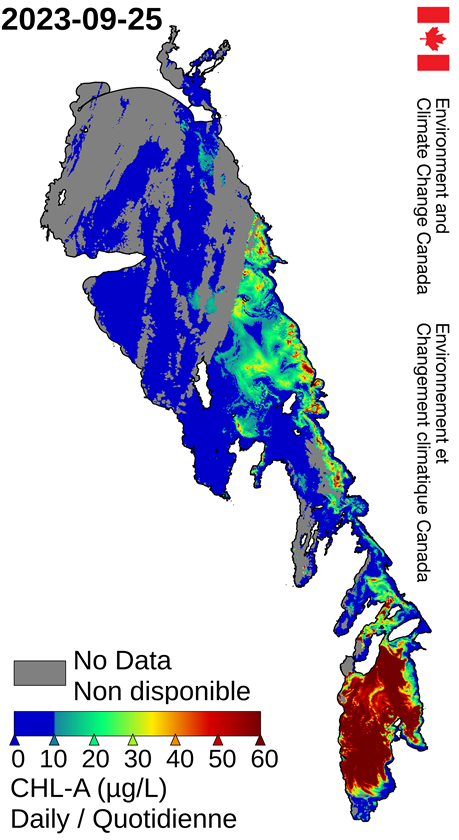
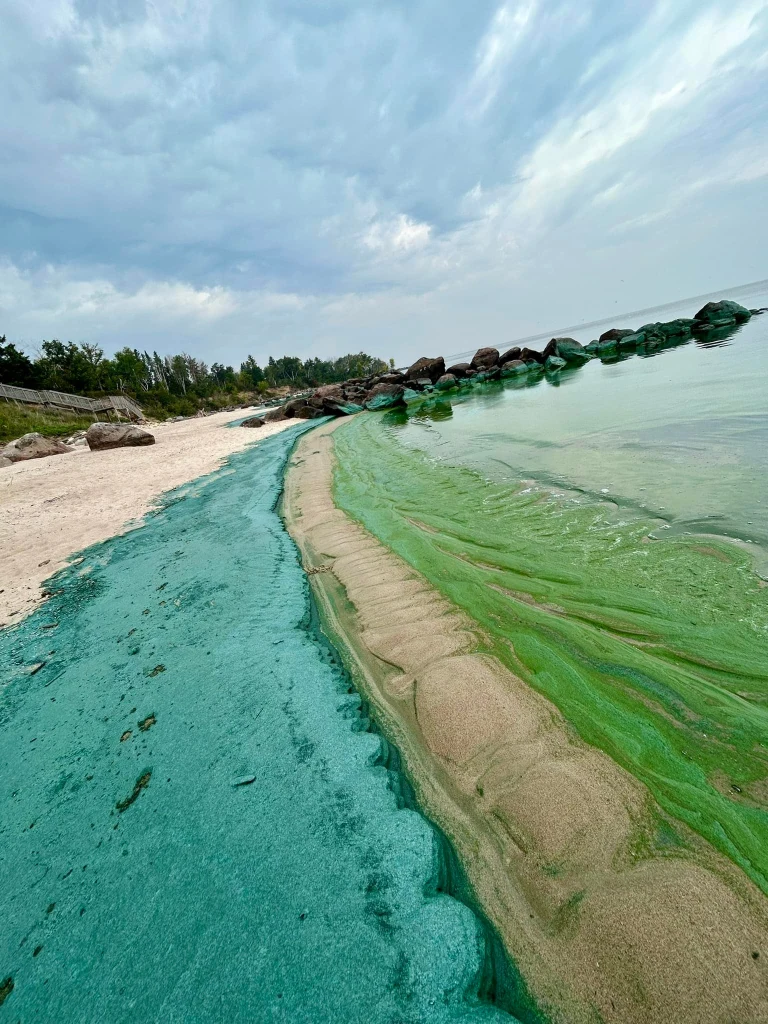
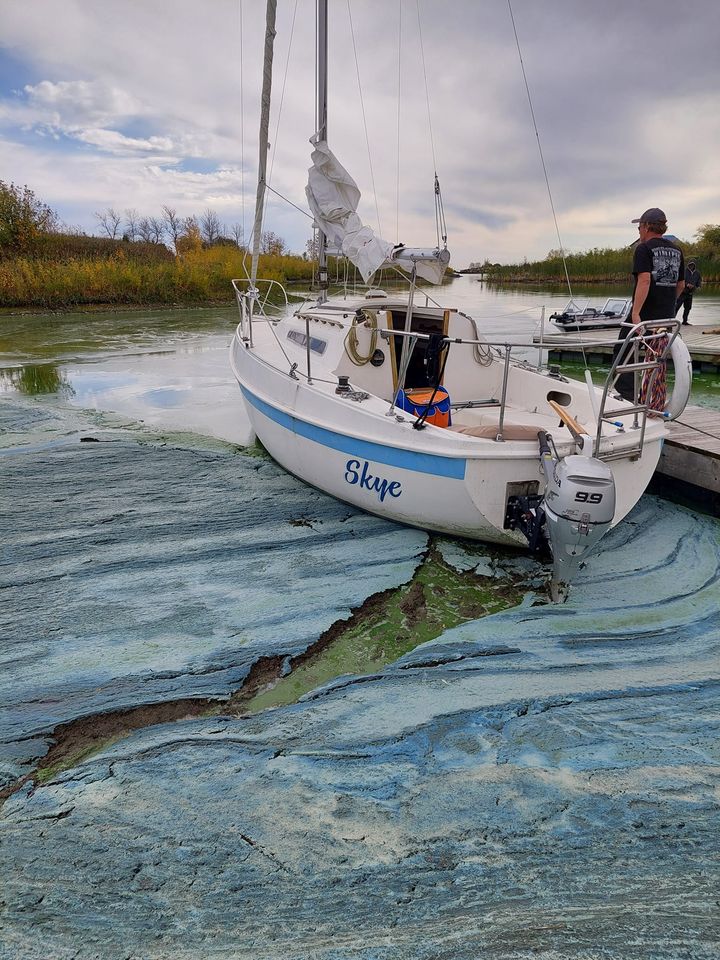

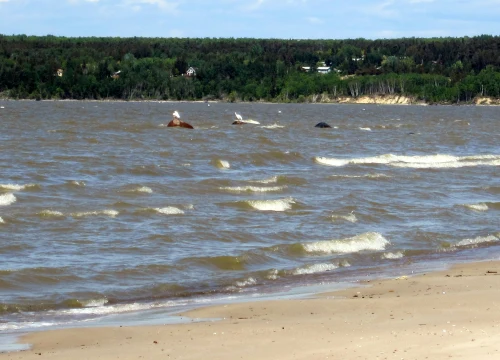
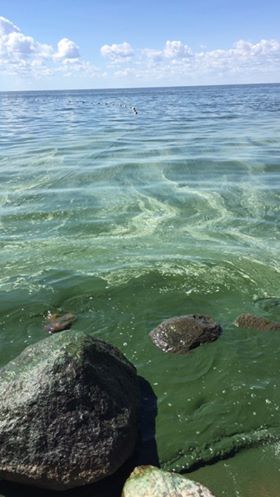
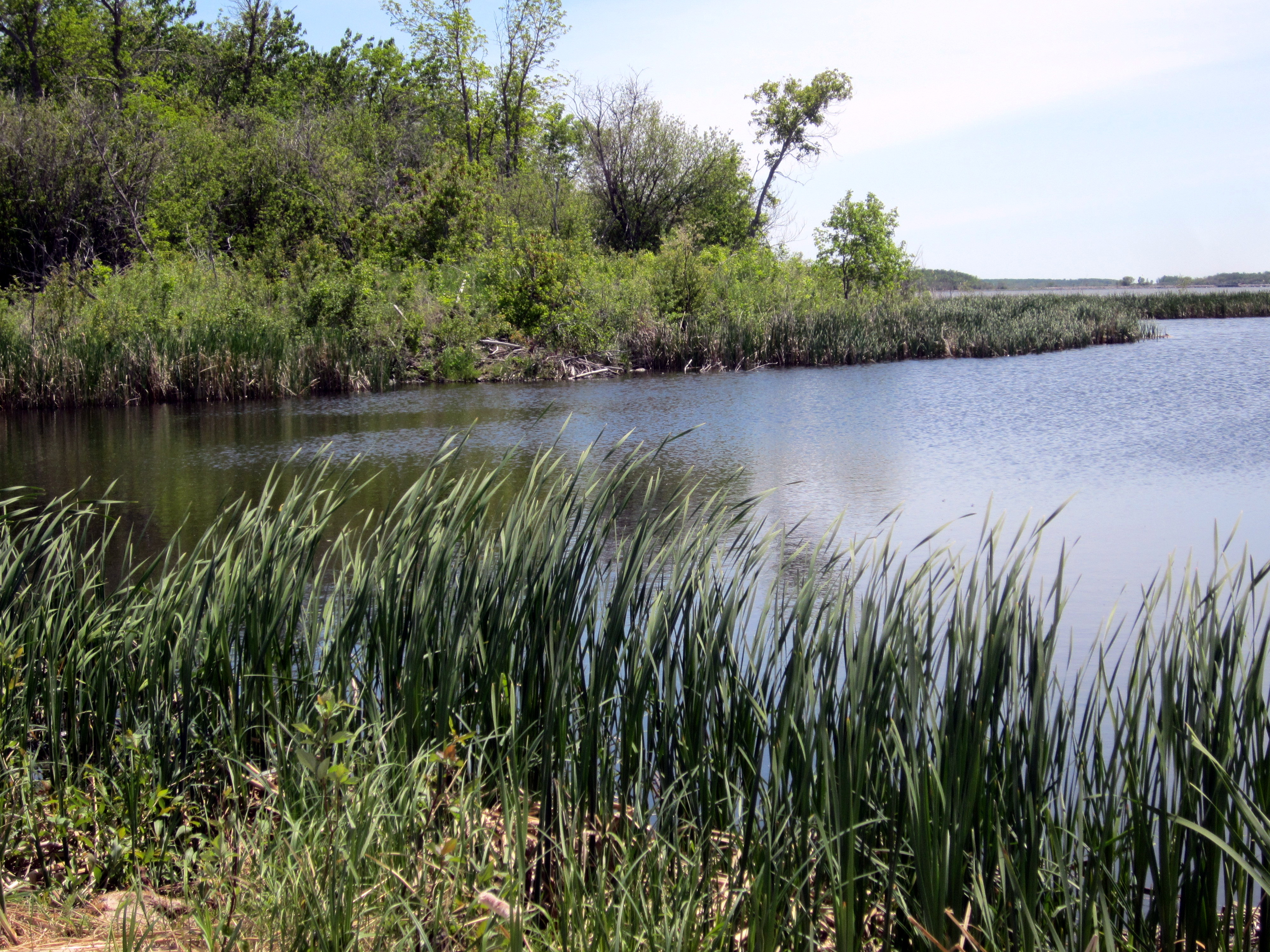 we know now about how wetlands help to filter excess nutrients that feed blue-green algae out of our lakes and how they act as sponges to decrease flow during floods and hold water during droughts, we need to be working to increase our wetland capacity. I have attached the comments I sent on this consultation below. Everyone is welcome to send comments to
we know now about how wetlands help to filter excess nutrients that feed blue-green algae out of our lakes and how they act as sponges to decrease flow during floods and hold water during droughts, we need to be working to increase our wetland capacity. I have attached the comments I sent on this consultation below. Everyone is welcome to send comments to 

